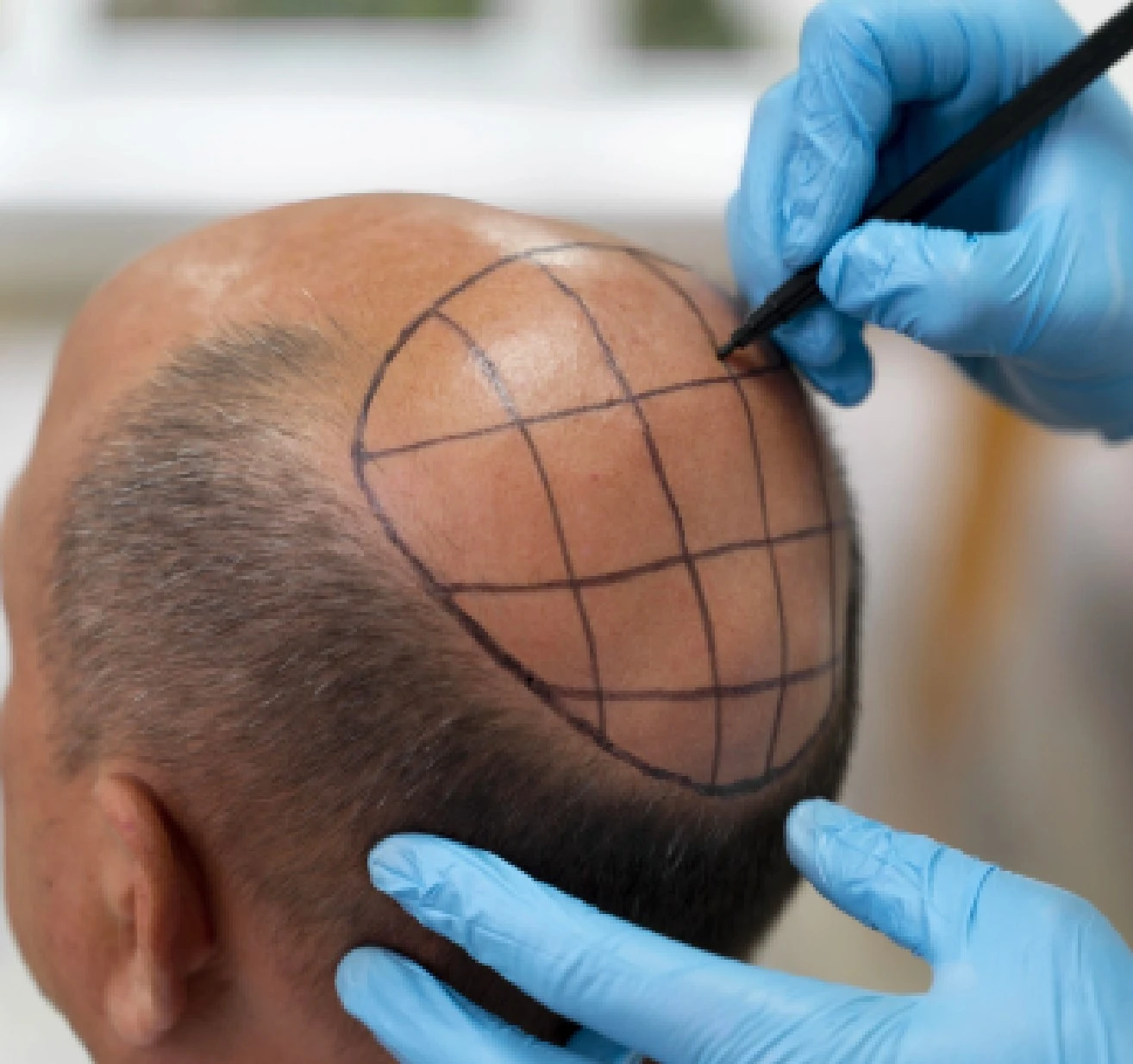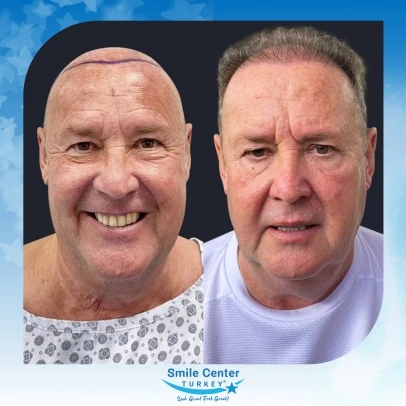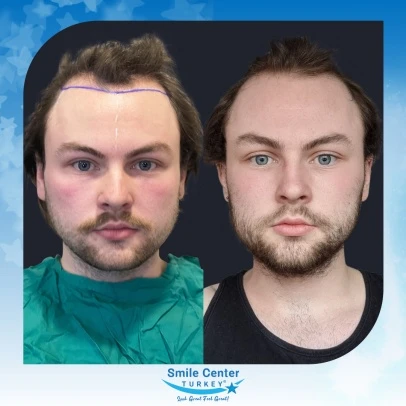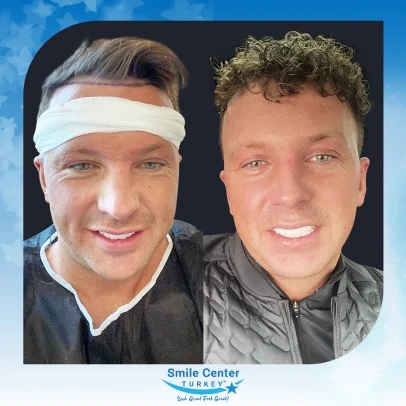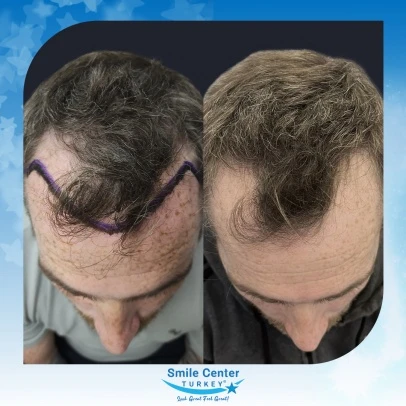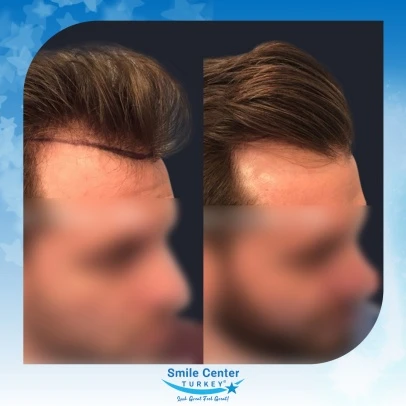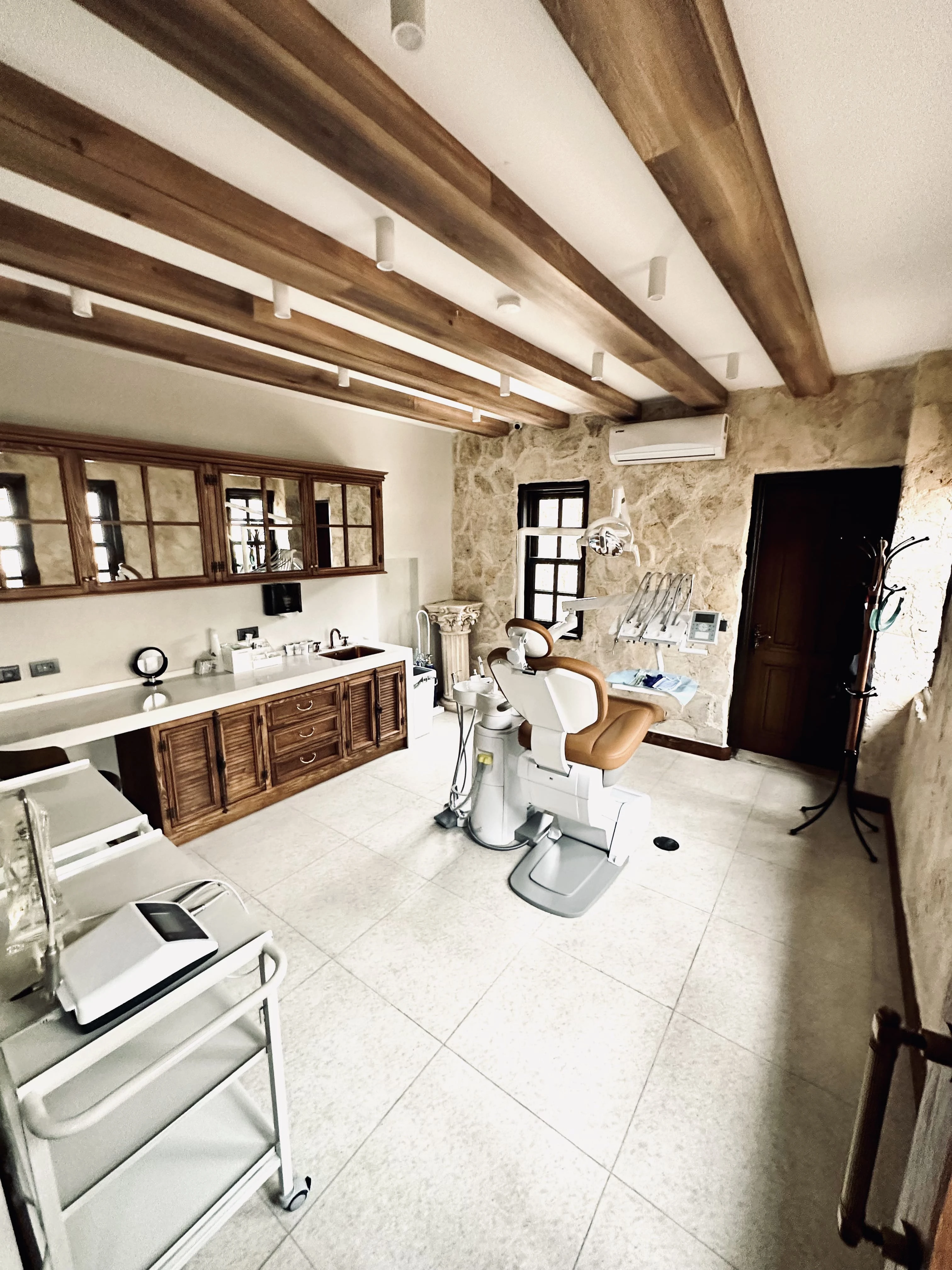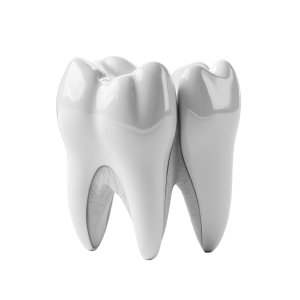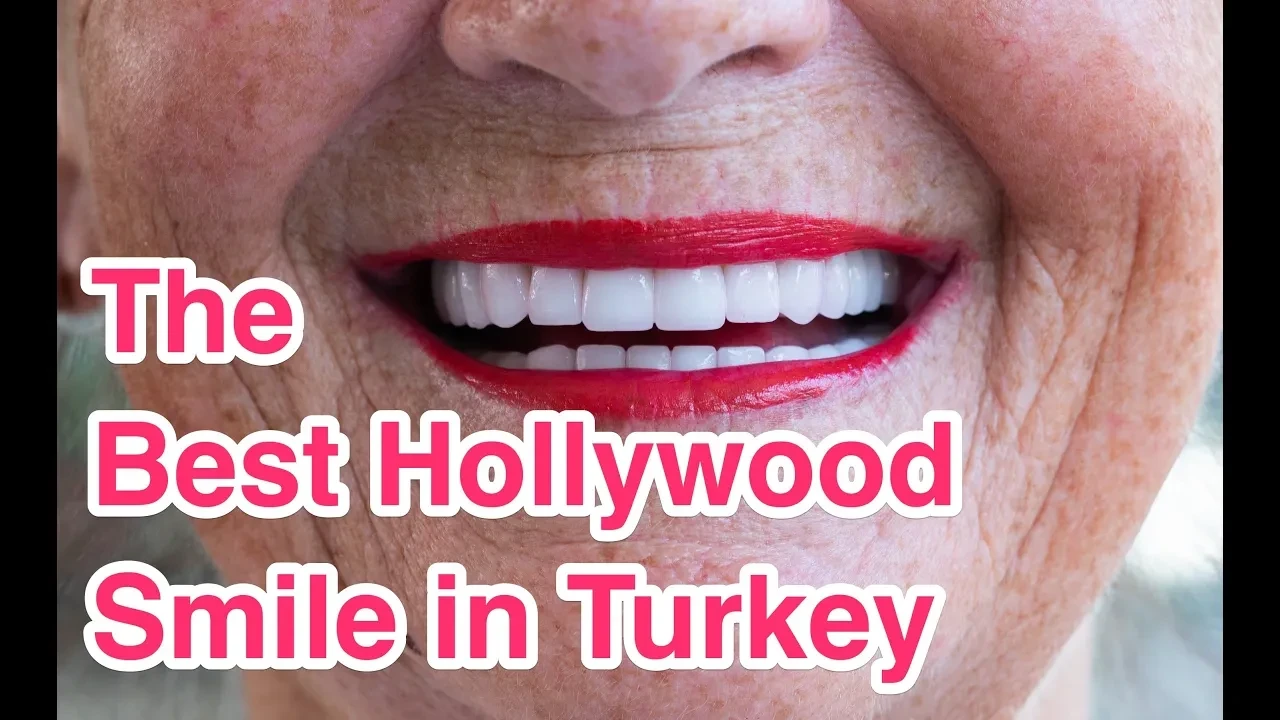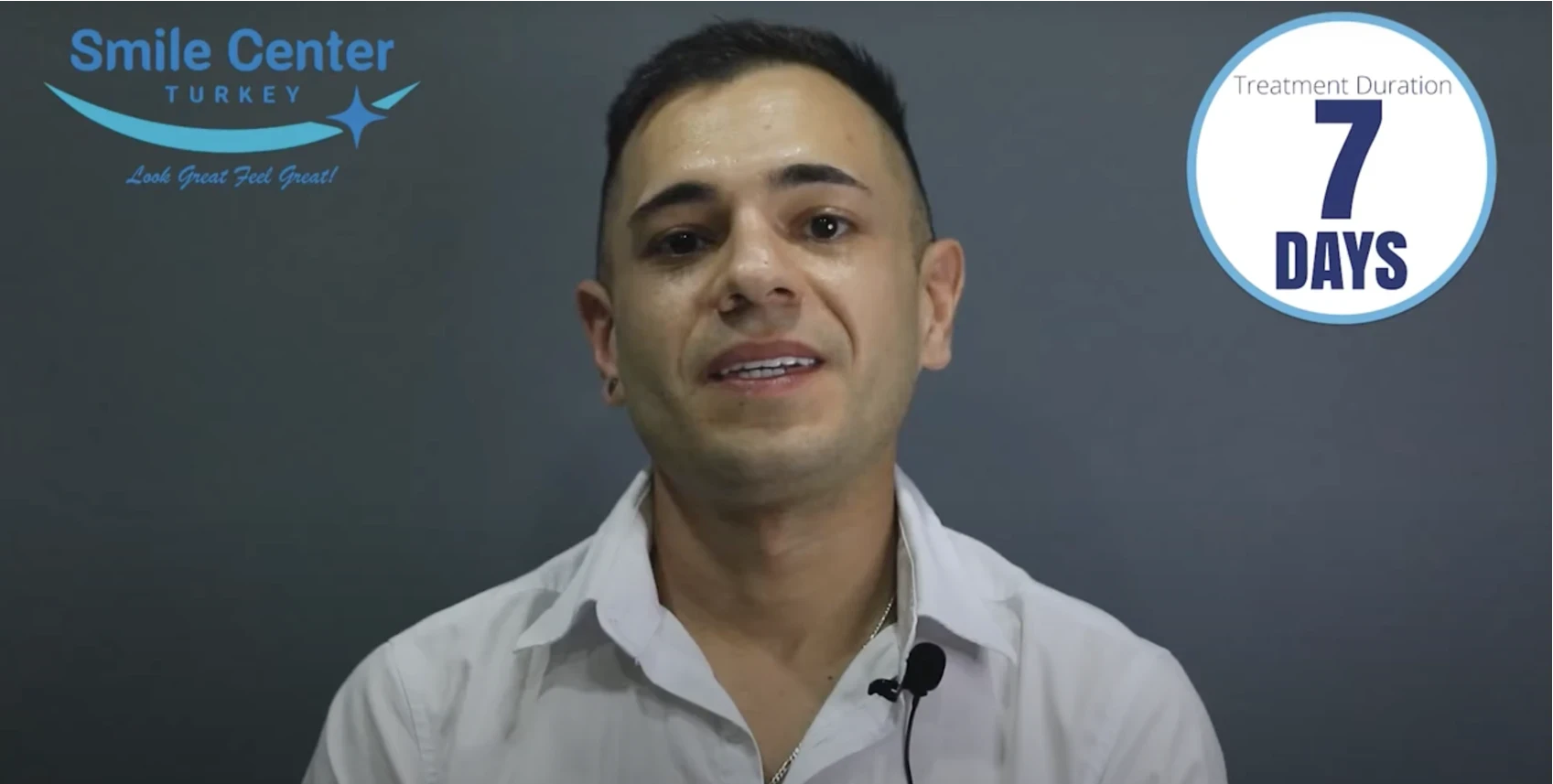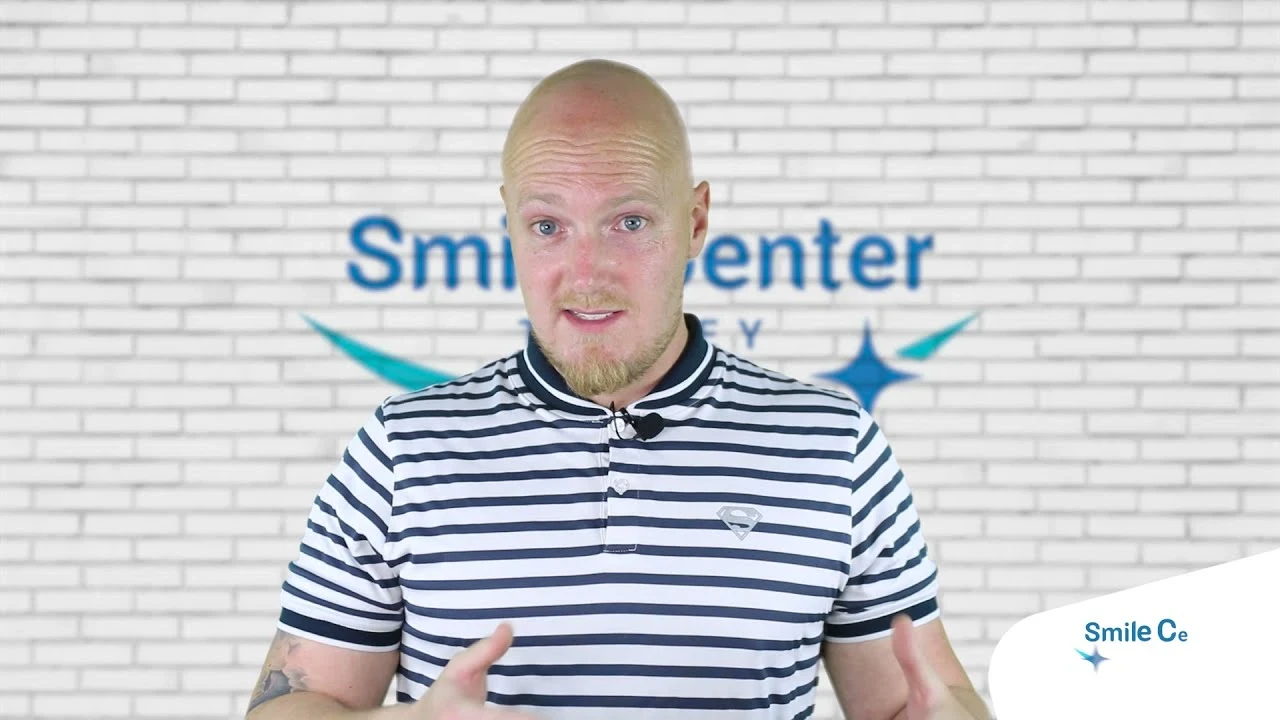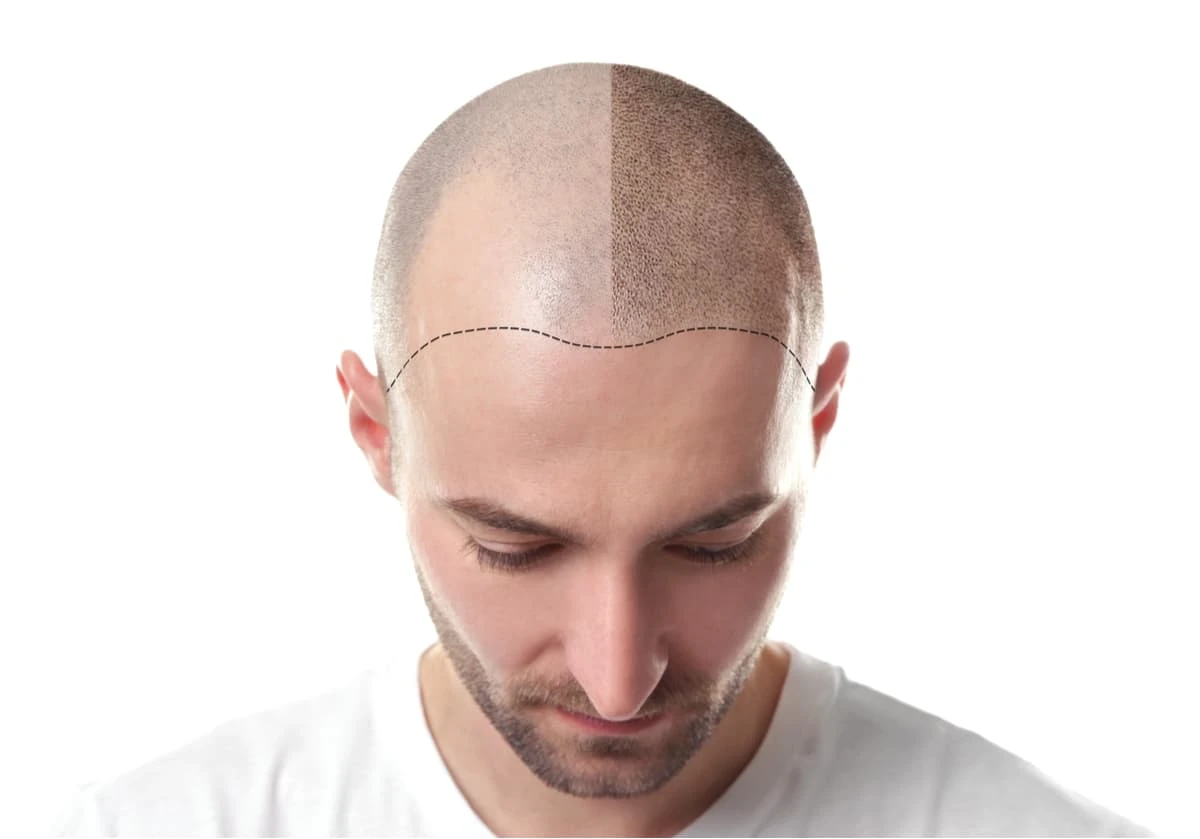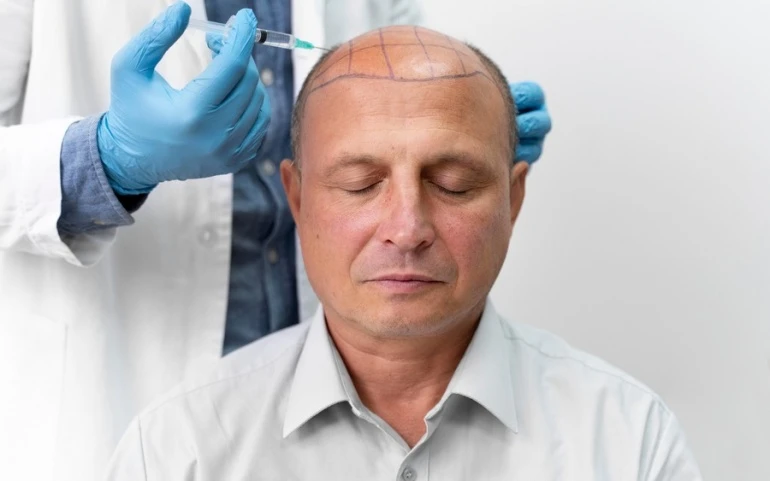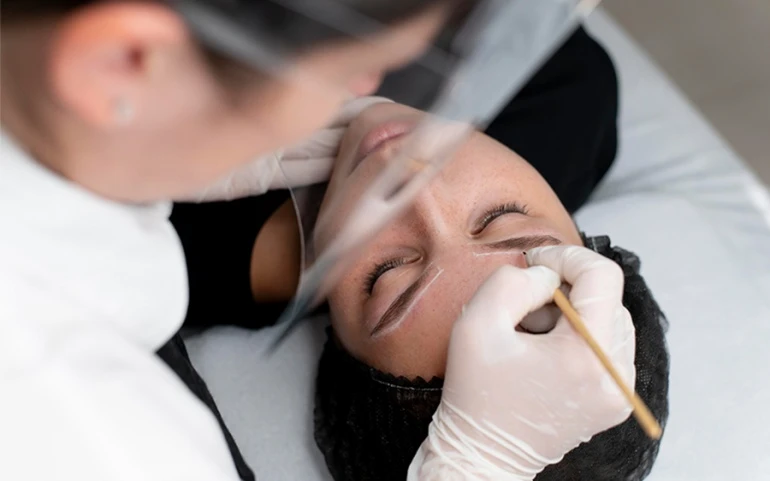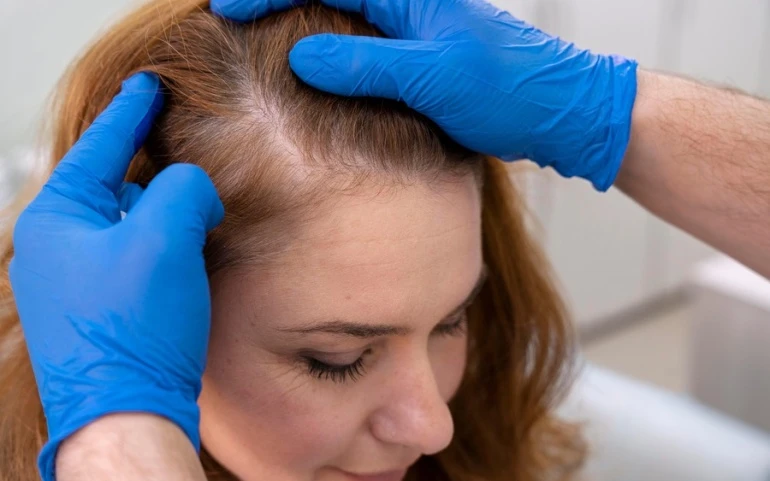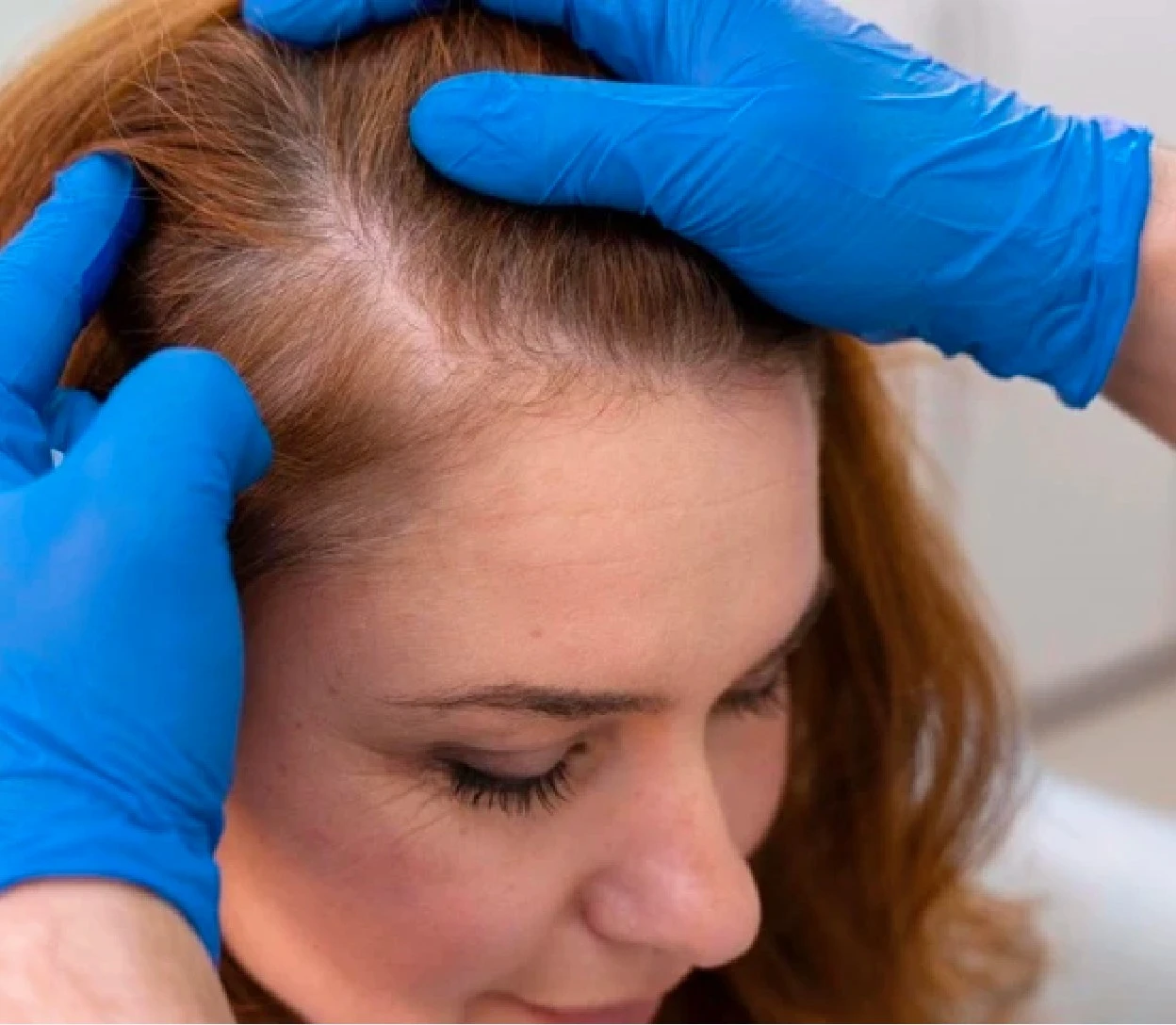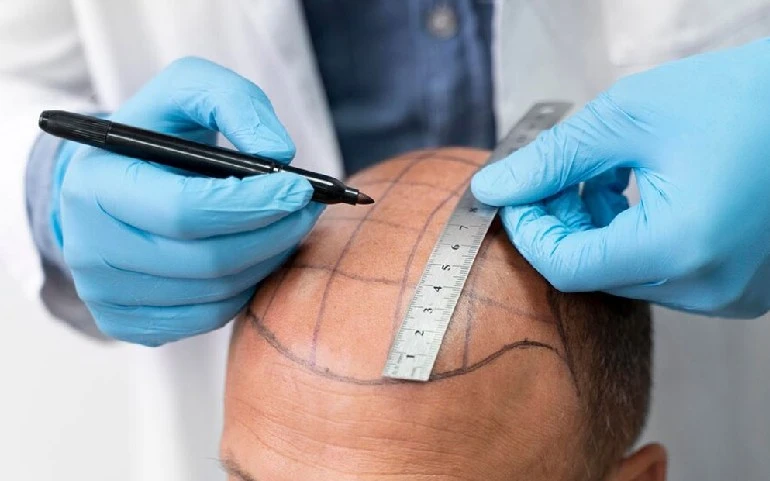What is DHI Hair Transplant?
DHI (Direct Hair Implantation) hair transplant is an advanced hair restoration technique, employed using a specialized tool named Choi Implanter Pen to implant the missing hair follicles into the recipient area. This differs from FUE (Follicular Unit Extraction) hair transplant, which involves removing hair follicles from a donor area and then implanting them into the recipient area.
One of the main differences between a DHI hair transplant and an FUE hair transplant Turkey is the precision with which hair follicles can be implanted. With the Choi Implanter Pen, individual hair follicles can be implanted with great accuracy, which can result in a more natural-looking hairline and overall appearance. Additionally, because the hair follicles are implanted into the recipient area directly, there is less handling of the follicles, which can help to minimize trauma and increase the chances of successful graft survival.
Also, DHI hair transplant typically involves less downtime and faster recovery times compared to FUE. This is because the DHI technique involves less trauma to the scalp, and the small size of the Choi Implanter Pen means that there is less damage to surrounding tissue.


